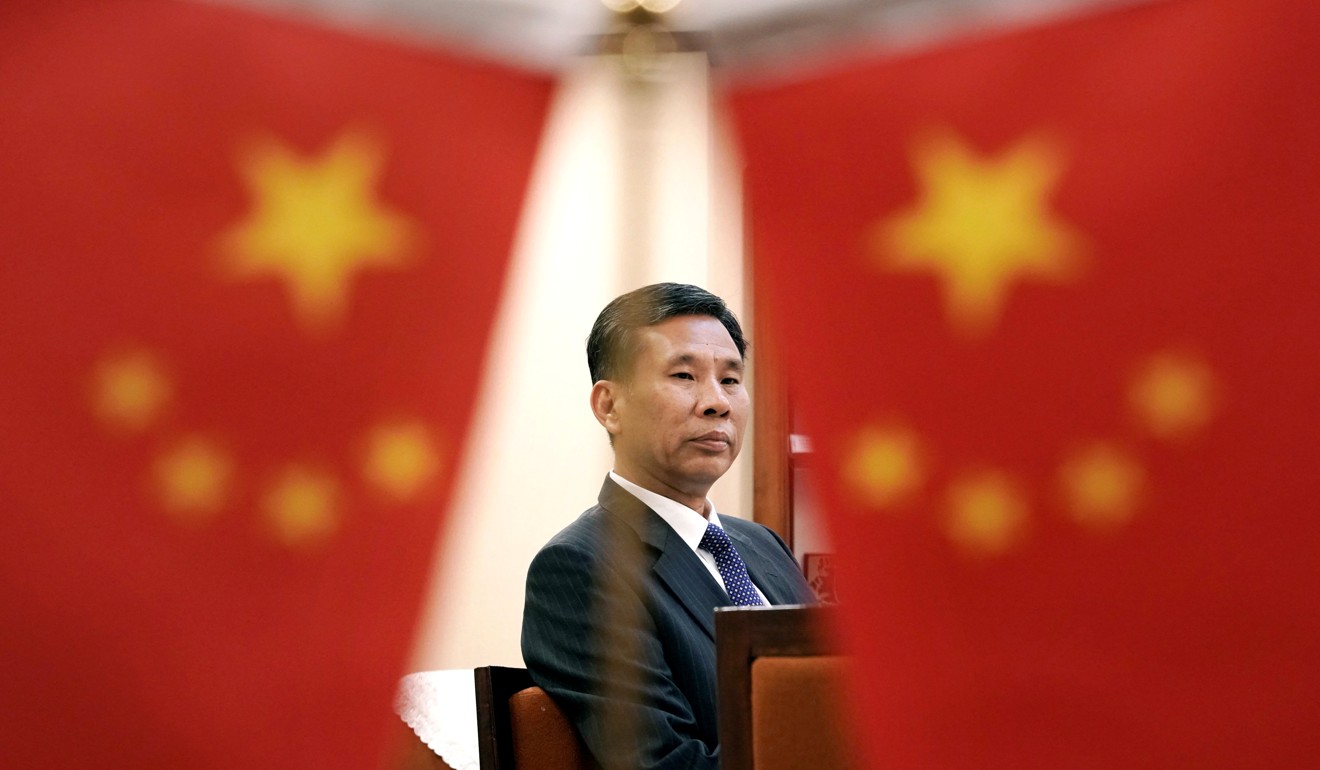
Trade war leads China to speed up US$202 billion local government bond issue
- State Council keen to boost infrastructure investment to offset tensions with the United States
- Finance Minister Liu Kun reported to have said some of the advanced bond issuance funds will be spent on key projects
China’s cabinet is set to accelerate a bond issuance programme by local governments to boost infrastructure investment, with the aim of offsetting the effects of the trade war with the United States.
The State Council approved a 2019 quota for new local government bond issuances of 1.39 trillion yuan (US$202 billion), enabling local authorities to start issuing debt from January, ahead of the usual schedule, the state-owned Xinhua News Agency reported over the weekend.
Finance Minister Liu Kun said that some of the advanced bond issuance funds will be used to fund key projects, local media reported.
Local governments will issue 810 billion yuan (US$117.76 billion) of special bonds and 580 billion yuan of general bonds at the start of 2019.
The full quote for 2018 was 1.35 trillion yuan for special bonds and 830 billion yuan for general bonds, meaning there may be the capacity to inject further capital through 2019 if required.
“Front loading local government bond issuances early in the year may give the government room to decide if it needs to raise issuance again later in the year,” said Frances Cheung, head of macro strategy, Asia at Westpac.
“If the economy recovers, then authorities can pace out the bond sales, but if not, they can increase total bond issuances.”
December’s annual Central Economic Work Conference (CEWC) confirmed more policy support in the form of larger tax cuts and local special bond issuances, with a subtle change in housing policy, while it also pledged opening up the economy further amid trade negotiations with the United States.
The purchasing managers’ index (PMI) for December fell to 49.4 from 50.0 in November, with the reading contracting for the first time since dropping to 49.9 in July 2016.
It was the lowest figure since hitting 49.0 in February 2016.

Analysts expect China’s economic growth to slow significantly in the first half of 2019 when the full impact of tariffs imposed by the United States hit.
This could be further exacerbated should a permanent resolution not be reached by March 1 following the December 1 truce agreed in Argentina, after which US tariffs on US$200 billion of Chinese goods will rise to 25 per cent
The guidelines set by the powerful National Development and Reform Commission at the CEWC are the latest measures to support China’s bond markets.
As well as reducing infrastructure projects’ dependence on bank loans, local government bond sales have the added advantage of easing the financial burden on banks.
With bonds, corporate financing is spread across a broader set of investors, including securities firms, investment funds and insurers and this can help divert financial resources towards small business loans, analysts said.
“The programme is in line with policy initiatives as authorities want the role of banks to be lending to micro companies,” Westpac’s Cheung added.

